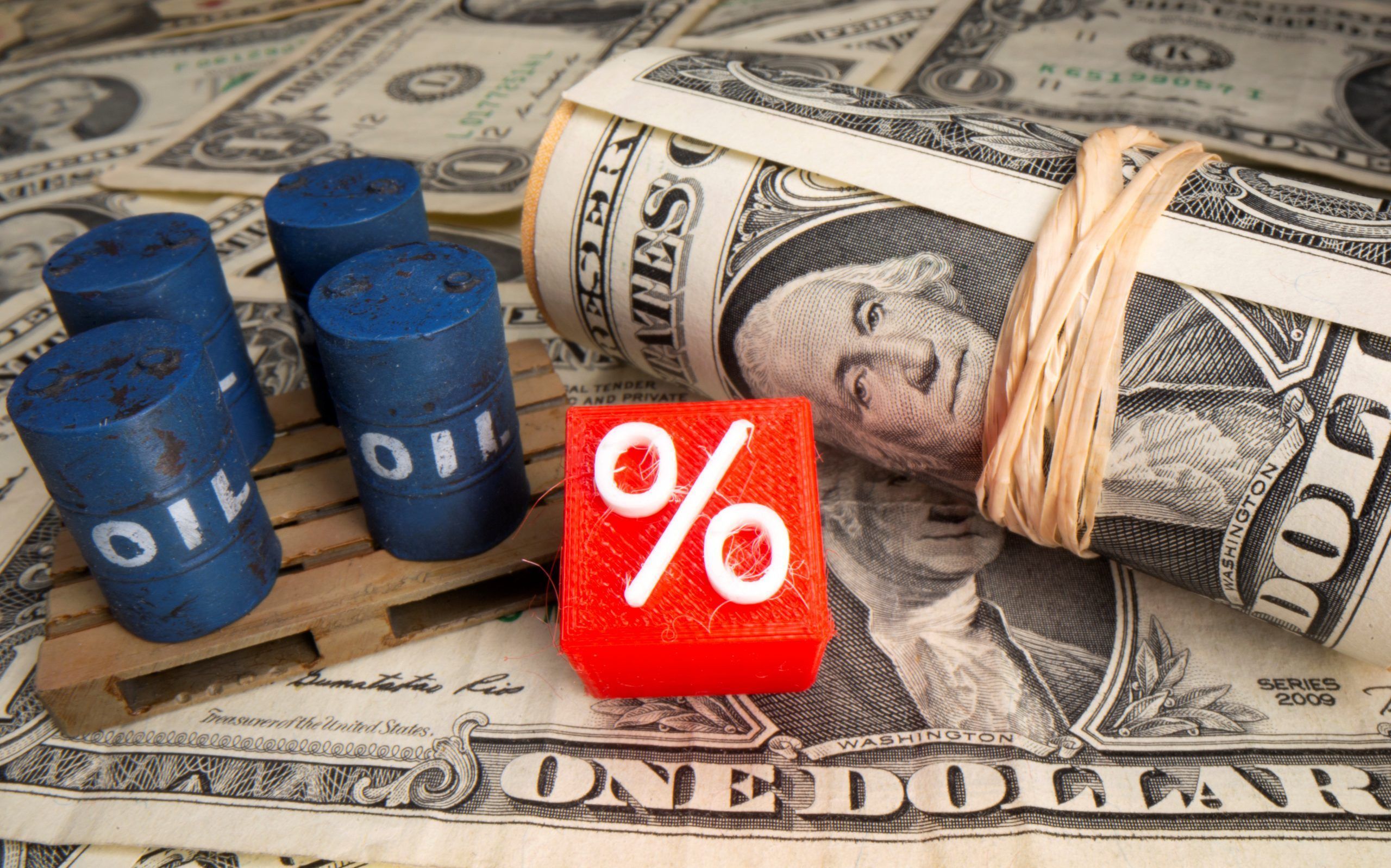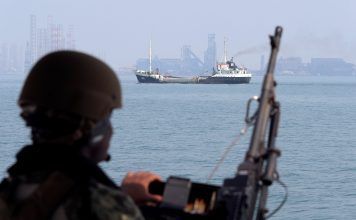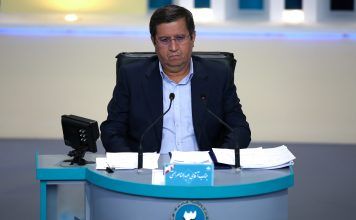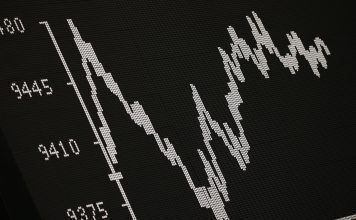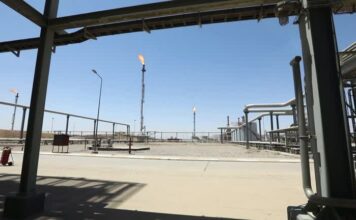By Bozorgmehr Sharafedin and Shadia Nasralla
LONDON, April 22 (Reuters) – In 2015, Iran reached a historic deal with six world powers to trade curbs on its nuclear programme for sanctions relief, including on oil. But in 2018, the United States under Donald Trump’s presidency quit the deal, and sanctions snapped back.
Diplomatic efforts have gained some momentum to revive the deal in some form, raising the prospect of more Iranian barrels entering the market. But this outcome is by no means certain.
Below is a summary of the sequence of events that led to sanctions being lifted on Iranian oil the last time, and the re-imposition of sanctions only a few years later.
2011 – 2013
U.S. imposes sanctions on Iranian energy sector, punishing firms that aid Iran’s oil and petrochemical industries. The European Union also announces an oil embargo on Iran.
Iranian oil exports fall from 2.5 million barrels per day (bpd) in 2011 to almost 1.2 million bpd in 2013, according to OPEC data.
2013
Hassan Rouhani is elected as the new Iranian president after promising to improve relations with the West and lift the sanctions. He continues the secret U.S.-Iran negotiations that began under his predecessor Mahmoud Ahmadinejad in 2012.
NOVEMBER 2013
Iran and six major powers reach an interim pact called the Joint Plan of Action (JPOA) under which Iran agrees to curb its nuclear work in exchange for limited sanctions relief as the countries work towards a long-term agreement.
This allows the Islamic Republic access to some of its frozen oil revenues abroad and a modest easing of restrictions on oil sales to top importers including China and India.
As a result, Iranian oil exports remain at almost 1 million bpd from 2013 to 2015.
APRIL 2015
Tehran and world powers reach a framework agreement on curbing Iran’s nuclear programme for at least a decade, a step toward a comprehensive accord that could end 12 years of brinkmanship, threats and confrontation.
Sanctions on Iran remain in place pending agreement on a final and comprehensive deal, which is not a guaranteed outcome.
JULY 2015
The main nuclear deal, known as the Joint Comprehensive Plan of Action (JCPOA), is reached between Iran and the six powers, including technical details on what nuclear activity Tehran will have to stop and which sanctions will be lifted once this is verified.
JANUARY 2016
The United Nations’ nuclear watchdog confirms that Iran has curbed its nuclear programme as agreed with world powers.
The United States and European nations lift oil and financial sanctions on Iran. Tens of billions of dollars worth of Iranian assets, mostly revenues from oil sales, are also unfrozen.
2018
Iranian oil exports rise to 2 million bpd in 2016 and reach a peak of 2.8 million bpd in 2018.
MAY 2018
The United States under Donald Trump’s presidency unilaterally withdraws from the 2015 deal and reimposes sanctions, aiming to cut Iran‘s oil sales to zero.
The United States provides 90- and 180-day periods for countries and firms to “wind down” operations previously authorised under the JCPOA.
2018
Iran refrains from coming back to the negotiating table to discuss a new nuclear pact as sought by Trump, and vows to sell “as much oil as it can” despite the sanctions.
Iran does not disclose its oil exports data, but assessments based on tanker tracking show exports fall as low as 200,000 bpd.
DECEMBER 2020
Joe Biden wins the U.S. presidential election.
Iran instructs its oil ministry to prepare installations for production and sale of crude oil at full capacity within three months.
JANUARY-MARCH 2021
China increases its imports of Iranian oil to almost 800,000 bpd in January and almost 1 million bpd in March, although imports drop again in April.
APRIL 2021
Iran and the United States begin indirect talks meant to bring both countries back into full compliance with the 2015 nuclear deal.
Iran wants all U.S. sanctions lifted at once, and has said it will not accept anything less. It has ruled out a gradual, step-by-step easing of the sanctions.
JUNE 2021
Iran‘s new president will be elected.
(Editing by Jan Harvey)

